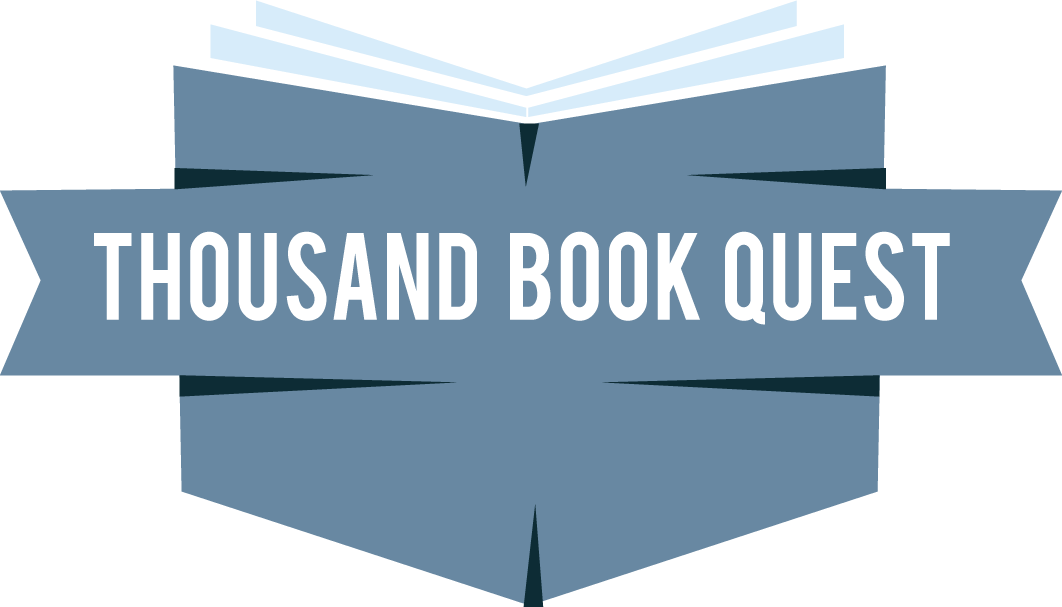165. The Victorian City: Everyday Life in Dickens’ London
Rating: ☆☆1/2
Recommended by:
Author: Judith Flanders
Genre: Non-Fiction, History
545 pages, published July 14, 2015
Reading Format: Audio Book
Summary
The Victorian City explores what it was like to live in the everyday world of Charles Dickens’ London. From the time of his arrived in London in 1822, Charles Dickens obsessively walked its streets, recording its pleasures, curiosities and cruelties. Judith Flanders, one of Britain’s foremost social historians, uses Dickens’ own words to lead us on a journey through the markets, transport systems, sewers, rivers, slums, alleys, cemeteries, gin palaces, chop-houses and entertainment hot spots of London in the 1800’s. The nineteenth century was a time of unprecedented change and nowhere was this more apparent than London. In only a few decades, the capital grew from a compact town into a sprawling metropolis of 6.5 million inhabitants, the largest city the world had ever seen. Technology (railways, street-lighting, and sewers) transformed both the city and the experience of city-living, as London expanded in every direction.
Quotes
“Dickens’ London was a place of the mind, but it was also a real place. Much of what we take today to be the marvellous imaginings of a visionary novelist turn out on inspection to be the reportage of a great observer.”
“the way that people lived was not Dickensian, merely life.”
“How are you off for soap?” or “What a shocking bad hat!”
My Take
While there are certainly some very interesting parts of The Victorian City, there is not enough to justify the length (545 pages) of this wordy tome. I did learn a lot about London, a city that I love, and have a new appreciation for Charles Dickens (a writer I need to read more from), but I could have gotten all of this benefit in under 300 pages.
